Shankar Acharya
Rapid and inclusive growth in the medium term does not look too likely if one examines the array of unattended constraints.
The current economic discussion focuses on managing the ongoing stresses on our external finances and an almost desperate search to revive economic growth from its meagre five per cent annual rate.
Today, let us lift our gaze beyond these short-run exigencies and assess the prospects for reverting to a high (and inclusive) growth trajectory in the medium term.
The outlook does not look too promising if one examines the array of unattended constraints that are getting sharper by the year. To keep it manageable, let me focus on just four such constraints, which have strong sociopolitical roots that render them especially intractable.
…
The 4 big constraints to India's growth
Image: A worker uses his mobile phone as he sits in front of logs of wood for sale at a warehouse in Chennai.Photographs: Babu/Reuters.
Anti-employment laws
Twenty years after a draft Cabinet note was readied to loosen our exceptionally restrictive labour laws (one of Indira Gandhi’s most damaging, anti-poor economic legacies), no progress has been achieved.
The consequences continue to be profoundly (and increasingly) negative. Sixty-five years after Independence, over 90 per cent of our 500-million strong labour force ekes out its living in “informal sector” occupations with scant job security and low incomes.
Industrial employers have every reason to avoid taking on new “regular” employees and to shy away from large-scale operations in labour-intensive sectors like textiles, garments, leather products, toys and electronics, which were the hallmark of hugely successful employment-intensive industrialisation in East Asia since 1970.
…
The 4 big constraints to India's growth
Image: A village woman holds her child while carrying clay on her head as she works at a road construction site under National Rural Employment Guarantee Act (NREGA).Photographs: : Rupak De Chowdhuri/Reuters
Little wonder that formal sector wage employment has stagnated, total employment has grown little in the most recent period (2004-05 to 2009-10) for which reasonable data are available and the share of agriculture in total employment has remained unusually high (around 50 per cent) despite the sharp drop in the sector’s share in GDP (to 15 per cent).
The much-touted “demographic dividend” of a youth bulge is being frittered away by our benighted labour policies and could easily morph into a massive, intractable problem of job scarcity, unemployment and underemployment.
The huge disincentives to employ workers in large and medium-sized industrial units have also seriously stunted the growth of our manufacturing sector, which has stagnated at 15 to 16 per cent of GDP for many years, compared to 30 per cent plus in most East Asian nations including China.
Of course, other factors have also mattered but probably less than our exceptionally restrictive labour laws. With the stagnation of labour-intensive manufacturing, where will the “youth bulge” find low-skill employment?
In sum, our labour laws continue to grievously weaken the most effective mechanism for assuring “inclusiveness” in the development process for our most abundant resource of low-skill labour.
…
The 4 big constraints to India's growth
Image: Neeta, 11, helps her father as she carries material to be used for burning fire in a kiln at a brickyard on the outskirts of Kota.Photographs: Danish Siddiqui/Reuters
Fiscal populism
Broadly defined, the second major constraint on rapid, broad-based growth is the penchant for fiscal populism, fuelled by competitive, short-horizon politics at all levels of government.
This has at least two dimensions: a propensity for premature launching of ill-designed entitlement programmes (for example, legal rights to work, education, food and so on); and a widespread “subsidy culture”.
The first has been massively strengthened during the last nine years of the United Progressive Alliance government, without first undertaking the reforms necessary to make these programmes effective and efficient.
This means continuation of massive leakages (for example, estimated at 50 per cent and higher in the public food distribution system), rampant corruption and rent-seeking and strong vested interests against reform (to, say, conditional cash transfers or voucher systems). Both types of fiscal populism spawn high fiscal deficits with their attendant growth-retarding dangers of high inflation, large external imbalances and high interest rates and debt.
…
The 4 big constraints to India's growth
Image: Village women labourers work at the construction site of a road at Merta district in Rajasthan.Photographs: Mansi Thapliyal/Reuters
The second, “the subsidy culture”, has a longer history and continues to undermine the economic viability of key sectors.
Electricity subsidies (especially for agriculture) have contributed majorly to the parlous situation of our electric power sector. They have also led to over-pumping and falling water tables in much of North and West India, amplifying the looming crisis in water availability. Foodgrain subsidies have distorted the agricultural economy and retarded the development of non-food crops.
The growing subsidy on urea fertiliser has seriously weakened soil fertility. The massive diesel subsidy (now declining) has weakened energy security and hurt the environment. The explosive growth of mobile telephony in the last 15 years has demonstrated that subsidies are unnecessary for high growth and inclusive reach of a sector. But old habits die hard.
…
The 4 big constraints to India's growth
Image: Workers fasten iron rods together at the construction site of a bridge on the outskirts of Jammu.Photographs: Mukesh Gupta/Reuters
Weaknesses in governance and administration
Governance and administration are huge subjects. They clearly affect all dimensions of economic and social life, especially for poorer segments of society.
They determine the quality of personal safety, justice, property rights, contract enforcement and the delivery of publicly provided goods and services. Worryingly, there are clear signs that governance has been deteriorating over time. There are at least two broad reasons for this.
First, over time, politics has become more of a “business” and less about public service and ideological commitment. Huge sums are raised and spent on campaigning for office and “politicking” between elections (mostly under the table), which have then to be paid off by various subversions of public policies and decisions.
“Crony capitalism” has increased greatly, especially in resource sectors, such as mining, land allocation/use, telecom spectrum and large government contracts.
…
The 4 big constraints to India's growth
Image: A worker carries surveying equipment at a road construction site on the outskirts of Jammu.Photographs: Mukesh Gupta/Reuters
Secondly, it is generally agreed that the quality and probity of civil services have worsened over time for many reasons, including: the quality of entrants (for decades, many of the best people have opted for the growing opportunities outside government services); the ramping up of caste-based reservations or quotas since 1990, which has severely diluted the meritocracy principle; the increasing “politicisation” of public administration at all levels and the growing spread of bribery and corruption in government-citizen transactions.
Taken together, the entropy in governance is likely to hurt future development.
…
The 4 big constraints to India's growth
Image: Vehicles are seen in a traffic jam during rush hour in Mumbai.Photographs: Danish Siddiqui/Reuters
The challenge of urbanisation
Normally, development experience worldwide suggests that urbanisation is associated with higher productivity and growth. However, in India, this association may be diluted by the well-known weakness of governance institutions in our cities and towns.
Can anyone recall the name of a prominent mayor? Until the early 1990s the Indian Constitution did not recognise sub-national governments below the level of state governments.
The “third tier” was missing. The passage of the 73rd and 74th Amendments in 1993 corrected this lacuna and accorded a role to panchayati raj rural elected institutions and urban local bodies (ULCs). Although this was a major step forward, municipalities and other ULCs remain largely fledgling institutions with limited powers for mobilising and allocating resources.
…
The 4 big constraints to India's growth
Photographs: Reuters
Against this background, the expected increase in India’s urban population by over 200 million between 2010 and 2030 poses a daunting challenge for urban governance. While there are some signs of hope, the general outlook is far from reassuring.
Without a much more serious effort at urban institution building by the central and state governments, the realistic prospect is for rapid expansion of ill-governed and under-financed urban habitations, which impede the reaping of the economies of agglomeration associated with well-functioning cities and towns.
Such inchoate urbanisation may prove less an asset and more a drag on rapid, inclusive development in the long term. So, all things considered, the return to high growth with inclusion poses arduous challenges in the years ahead.
The writer is honorary professor at Icrier and former chief economic adviser to the government of India. This article was written during a short residency at the Rockefeller Foundation Bellagio Centre. The author thanks the Foundation for its generous hospitality. Views are personal.

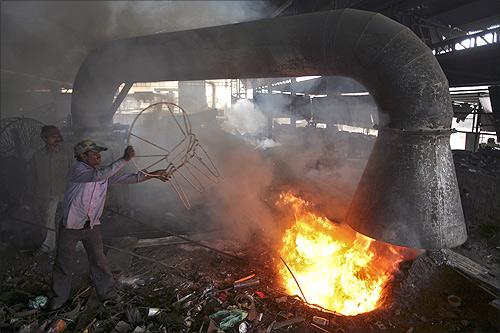


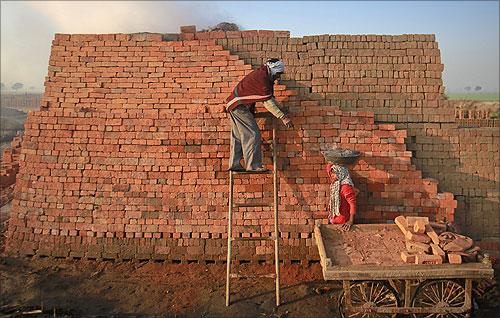
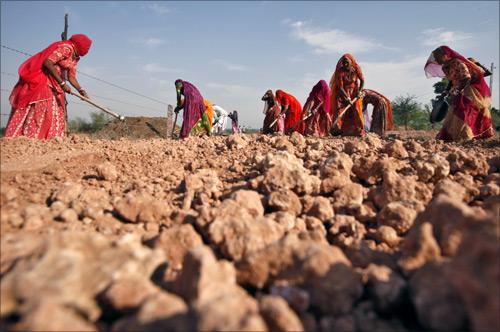
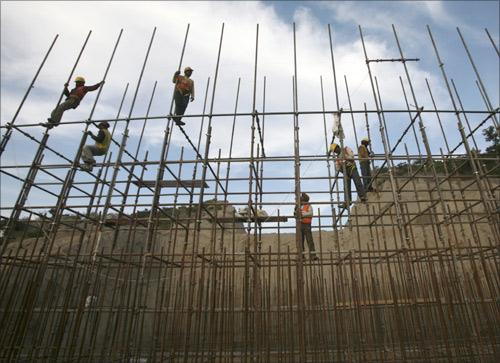
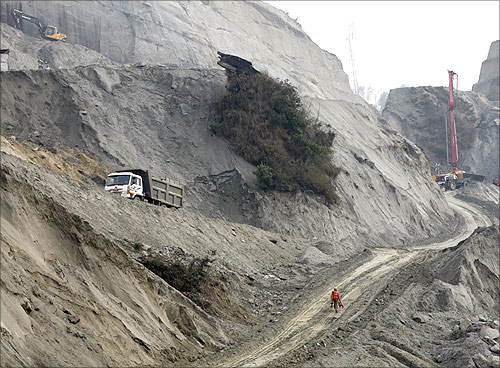
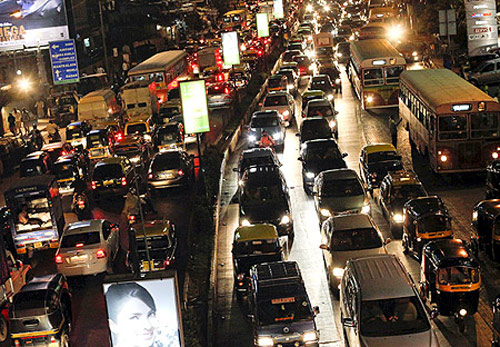


article